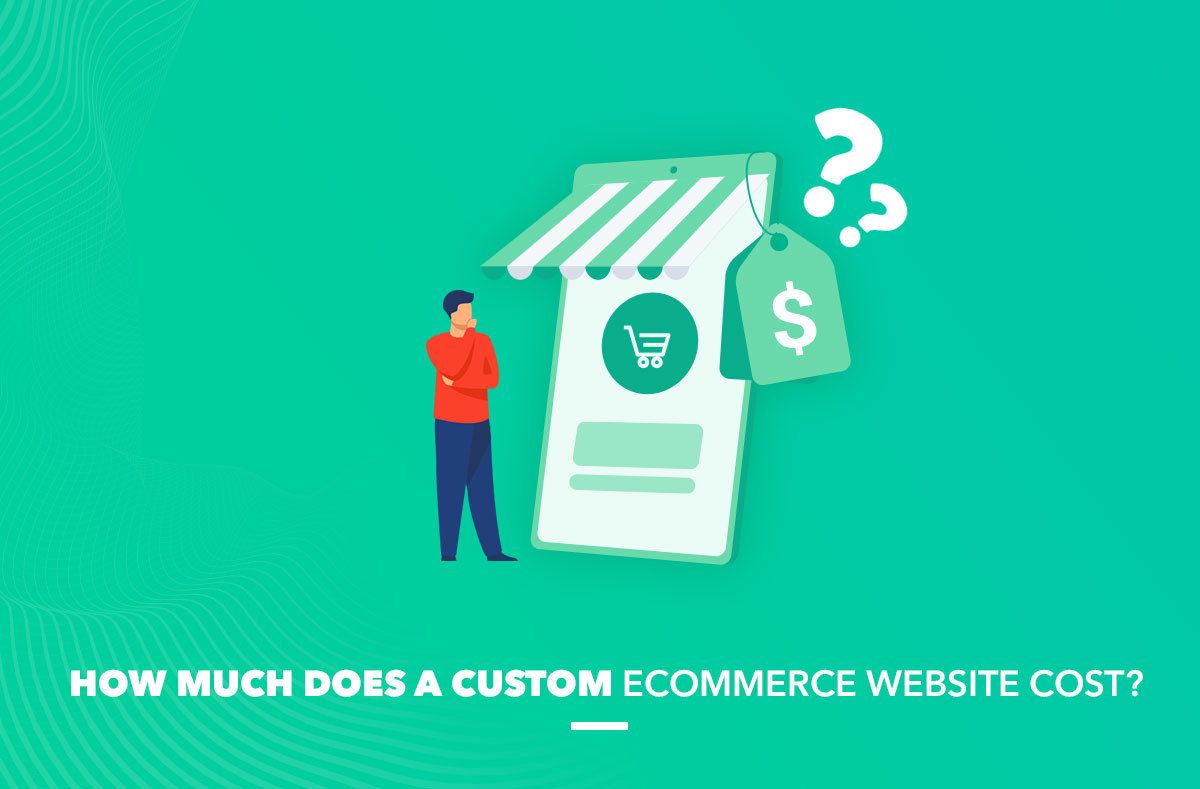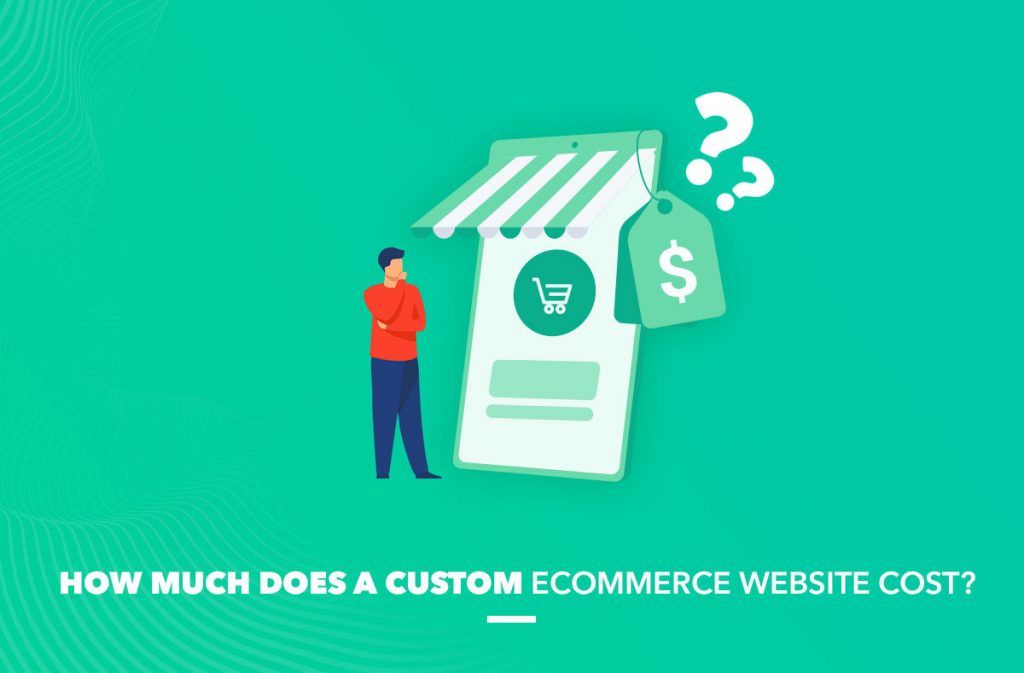
The cost of eCommerce development is never low because it is the skill and knowledge that only professionals possess. As a result, beware of those, who offer to have a website developed in a few days and in almost no money: most probably, you will just lose your time and money. Please, remember, a simple website for an average-sized eCommerce website starts from $1500 to $6000 and might reach up to any total sum you can think of, everything depends on the scope and complexity of the website. As soon as the range of the cost is very broad, there is a need to think about underlying factors that determine the cost of the website development, and we are going to discuss these factors later in this article.
Custom eCommerce Website Cost: Influencing Factors
When it comes to the custom development of the eCommerce website, there is a need to know that both the price and the timeline depend on the final result you expect to have. The factors are going to be discussed in detail later in the paragraphs below.
Vendor Type
A vendor type is the choice between the in-house development team or outsourcing or hiring a freelancer. The details about what vendor to choose are discussed in the article that deals with the choice between the type of development team to work on your project. While each and every type has its own perks, you are going to choose the variant that is the best choice for your project and your company.
Vendor Rates
It goes without saying the cost depends on the vendor rates. These are the rates charged by the selected vendor. Vendor rates might be very different depending on the qualifications of the hired team or hired professional and their geographical location. Note please, you can minimize the cost by outsourcing the project partially or in its entirety.
Complexity of Design
The complexity of the design depends on the chosen design theme and the structure of the website. The more complex the online store is, the more complex is going to be the design and therefore the higher the cost of development.
Architecture and Inventory
Architecture and inventory factors are interrelated as soon as more complex inventory requires more complex architecture. When it comes to architecture decisions, the number of products that are sold in the store and the expected traffic to the store define the structure and technologies of architecture.
Website functionality and third-party integrations
Inevitably, the more third-party integrations are used in the website, the higher is the eventual cost of the development services. The same is true about the functions of the website: the richer the functionality, the higher the cost is going to be.
Timeline and business goals
Basically, the faster the development is expected to be completed, the higher is the cost of the development project.
Marketing, hosting, and SEO
The price of the eCommerce website depends on the scope of marketing efforts and the price of hosting services that are going to be used.
Generally, as far as it comes to the price of the website development, just remember about you need to pick two among Fast, Cheap, or Good. There is no way to have all three.

Ecommerce Website Budget: Costs
To start with, the most influencing factors are the ones that impact the scope and architecture of the website. For a one-page website and a very simple eCommerce store, you might have a price tag of around $1,000 and all custom web development solutions are going to be more expensive. The time for the eCommerce store development is going to increase proportionally as well:

The cheapest is the basic version of the custom eCommerce website starting with nearly $60,000 (but you can always minimize the costs by outsourcing or using one of the eCommerce platforms, up to the payment of just several hundred dollars monthly to cover for the Shopify plan and the hosting costs.
Anyway, the timeline and the cost strongly depend on the initial specs and expectations of the customer. As an experienced team of eCommerce developers, we are happy to give a quote for your project so you can practically estimate the timeline and the cost.
What does a minimal custom eCommerce website cost?
A minimally priced eCommerce website is the best choice for the startup of a small business that is starting its functioning. Most often, the starting business does not have the complexity and scope that would require having a complicated website. Moreover, developing a minimal eCommerce website needs a relatively quick development time, most often something around three months. Thus, the minimal price tag and the minimal time of website development are the benefits that the customers are going to have with ordering the development of the minimal eCommerce website.
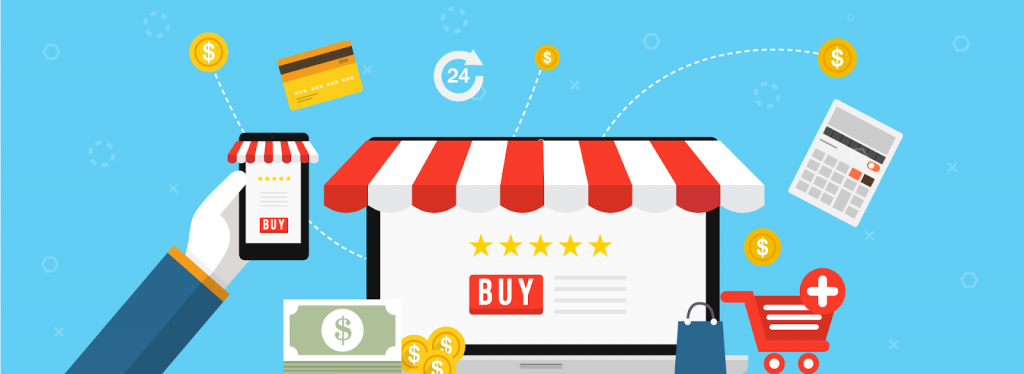
Typically, the development of the minimal eCommerce website starts with the discovery landing page that takes nearly two to four weeks to develop, and you are going to have the first page of your eCommerce website already working. Ideally, during these two to four weeks, you will need to work with a designer and a marketing specialist to make sure your website is going to be popular when completed in full. Another part of the work to do is configuring your inventory and making a list of items you’re going to sell. The entire development stage generally takes between three and five months, but largely depends on the complexity of the website.
Basically, the more functions you plan to do yourself, the cheaper your online store is going to be. You can even spend no money for setting up your website or end up paying just for hosting and the minimal Shopify plan of $9 if you have decent programming skills. More detailed information is provided in the table below.
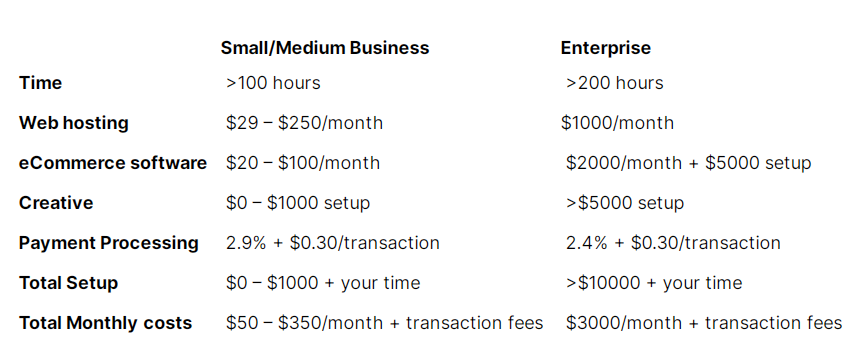
What does an intermediate custom eCommerce website cost?
An intermediate custom website is something in between the minimal website and a more complex website. Most often, the intermediate eCommerce website includes such features as email & social network authorization, the number of categories and products available to the users to purchase, the function of the product search, and simple product pages.
In addition, the intermediate eCommerce website includes the feature of product reviews, simple cart management, and payment gateways for processing credit cards. In addition, the website is going to have analytics tools so that it is possible to track the traffic and the favorite items of customers. The UX/UI design is part of the cost but it greatly depends on what the user wants to choose for their website.
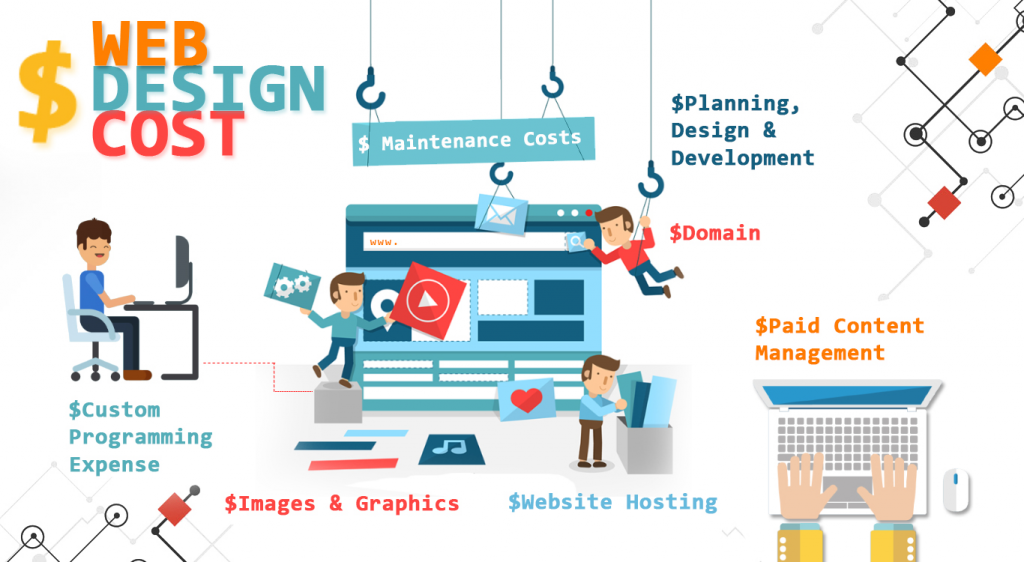
What does a more complex eCommerce website cost?
When the business is growing, there is often a need for a more complex eCommerce website that includes developed inventory and complex features to accommodate the needs of the growing business. More complex eCommerce websites often include the features of minimal and intermediate websites with more features included.
Usually, more complex eCommerce websites include more complex UX/UI design that usually requires more time for development and more costs to pay. Hosting expenses are going to increase too because more complex websites usually attract more traffic and more inventory, which means the increased need for hosting speed and functionality. Just to compare, the online store of the enterprise level is going to cost more than $10,000 in total and more than $3,000 monthly.
Conclusion
Finally, we need to remind you that the whopping 95% of purchases are going to be made online by 2040, so make sure to be in time to have your website up and running so you don’t miss out on the opportunities on attracting more customers. Just remember, developing an eCommerce website is never easy and quick, but we can make it a very pleasant experience. Just contact SOFTLOFT company, and you’ll have all eCommerce website development services at your fingertips.
